The Sagrada Familia, located in Barcelona, Spain, stands as an awe-inspiring testament to human creativity and architectural brilliance. This magnificent basilica has captivated the world with its unique design and intricate details, drawing millions of visitors each year. In this article, ozinsight delve into the rich architectural history of Sagrada Familia, exploring its origins, the mastermind behind its creation, the evolution of its construction, and its lasting impact on art and culture.
Antoni Gaudí: The Mastermind behind Sagrada Familia
At the heart of Sagrada Familia’s architectural marvel lies the genius of Antoni Gaudí, a visionary Catalan architect. Gaudí’s early life and upbringing in Reus, Spain, greatly influenced his artistic sensibilities. His fascination with nature and organic forms would later become hallmarks of his unique architectural style. Gaudí’s work drew inspiration from a diverse range of sources, including Gothic and Art Nouveau movements.
Gaudí’s involvement with Sagrada Familia began in 1883 when he took over the project from another architect. Gaudí dedicated the remainder of his life to its construction, considering it a spiritual calling. His innovative approach combined structural and artistic elements seamlessly, resulting in a one-of-a-kind masterpiece that defies conventional architectural norms.
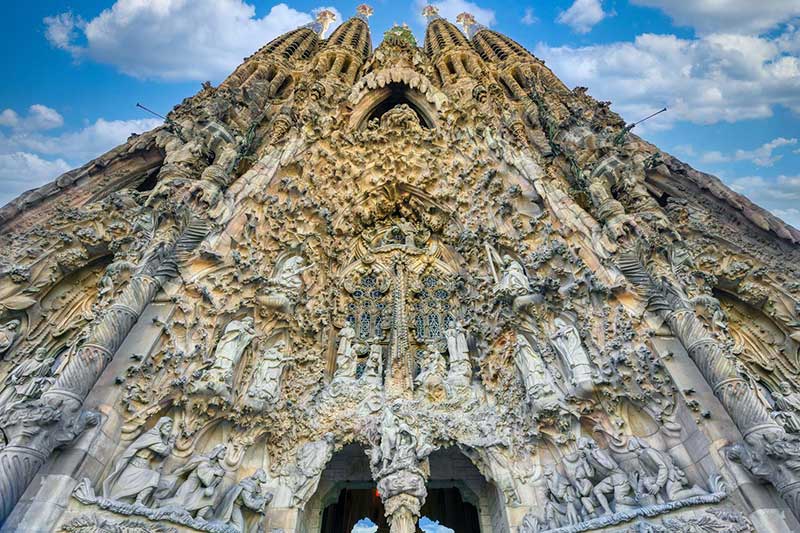
The Evolution of Sagrada Familia
The construction of Sagrada Familia commenced in 1882, and to this day, it remains a work in progress. Gaudí’s ambitious vision necessitated a prolonged construction timeline. Over the years, various architects and craftsmen have contributed to the project, each adding their own touch while remaining faithful to Gaudí’s original design.
The construction of Sagrada Familia has not been without its challenges. Financial constraints, disruptions caused by the Spanish Civil War, and Gaudí’s untimely death in 1926 all hindered progress at different stages. However, the dedication of subsequent architects and the unwavering support from the public have kept the project alive, demonstrating the enduring spirit of Sagrada Familia.
Architectural Elements of Sagrada Familia
Sagrada Familia’s architecture is a captivating blend of Gothic and Art Nouveau elements, with Gaudí’s distinct touch evident throughout. The basilica’s façades showcase intricate sculptural designs and symbolism, depicting various religious scenes and motifs. Each façade represents a different phase of Christ’s life, engaging visitors in a visual narrative.
Stepping inside Sagrada Familia reveals a breathtaking interior. Gaudí’s innovative structural techniques, such as the use of hyperboloid structures and catenary arches, create a sense of grandeur and spaciousness. Natural light plays a significant role, filtering through stained glass windows and casting a mesmerizing palette of colors across the space. The interior design is imbued with religious symbolism, inviting contemplation and reverence.

Impact and Influence of Sagrada Familia
Sagrada Familia’s architectural significance extends beyond its physical presence. It has become a symbol of Catalan identity and a testament to the city of Barcelona’s cultural heritage. The basilica attracts millions of tourists each year, contributing to the city’s economy and establishing it as a premier cultural destination. The intricate details and spiritual ambiance of Sagrada Familia leave a lasting impression on visitors, inspiring awe and appreciation for the fusion of art and architecture.
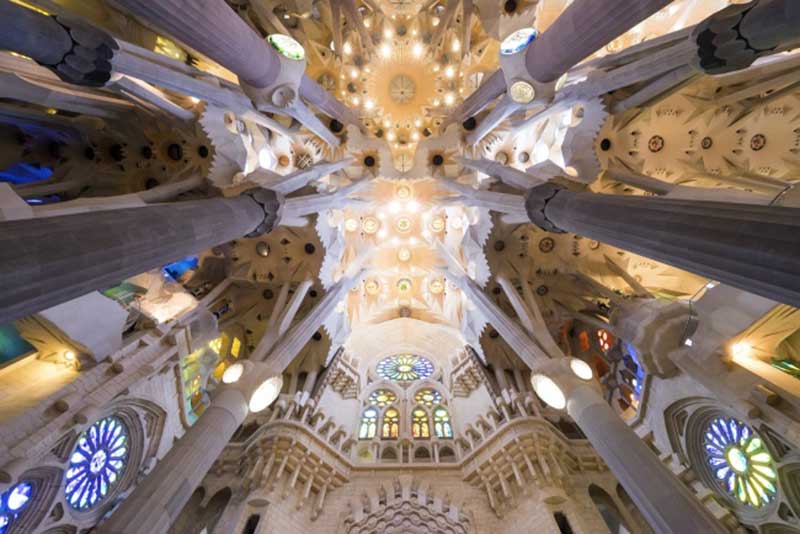
Current State and Future Plans
As of the present day, Sagrada Familia is still under construction, albeit in its final stages. The dedication of architects, craftsmen, and volunteers continues to bring Gaudí’s vision to life. The estimated completion timeline remains fluid, but plans are in place to finish the construction by the early 2030s.
Despite its unfinished state, Sagrada Familia stands as an iconic landmark and a living testament to human creativity. It serves as a reminder of the power of perseverance, artistic vision, and the legacy left behind by great architectural minds.
Article: Curiosity Unleashed: Exploring Science Children’s Museums
Conclusion
The architectural history of Sagrada Familia is a testament to the brilliance of Antoni Gaudí and the collective efforts of countless individuals who have dedicated themselves to its construction. This basilica, with its intricate design, awe-inspiring interior, and ongoing evolution, stands as an enduring symbol of human creativity and spiritual devotion. As we uncover the rich tapestry of its past and witness its present transformation, let us marvel at the captivating beauty of Sagrada Familia and embrace its cultural significance.
FAQs
When did construction of Sagrada Familia begin?
Construction of Sagrada Familia began in 1882 under the guidance of architect Francisco de Paula del Villar. Antoni Gaudí took over the project in 1883 and devoted the rest of his life to its construction.
How long did Antoni Gaudí work on the project?
Antoni Gaudí worked on the Sagrada Familia project for over 40 years until his untimely death in 1926.
What are some notable architectural features of Sagrada Familia?
Some notable architectural features of Sagrada Familia include its intricate façades depicting religious scenes, innovative structural techniques, and the interplay of natural light through stained glass windows.
How has Sagrada Familia influenced the city of Barcelona?
Sagrada Familia has become an iconic symbol of Barcelona’s cultural heritage, attracting millions of tourists and contributing significantly to the city’s economy and tourism industry.
Can visitors go inside Sagrada Familia during the construction process?
Yes, visitors can go inside Sagrada Familia and explore its awe-inspiring interior, even during the ongoing construction process. Proper safety measures are in place to ensure a memorable and enjoyable visit.




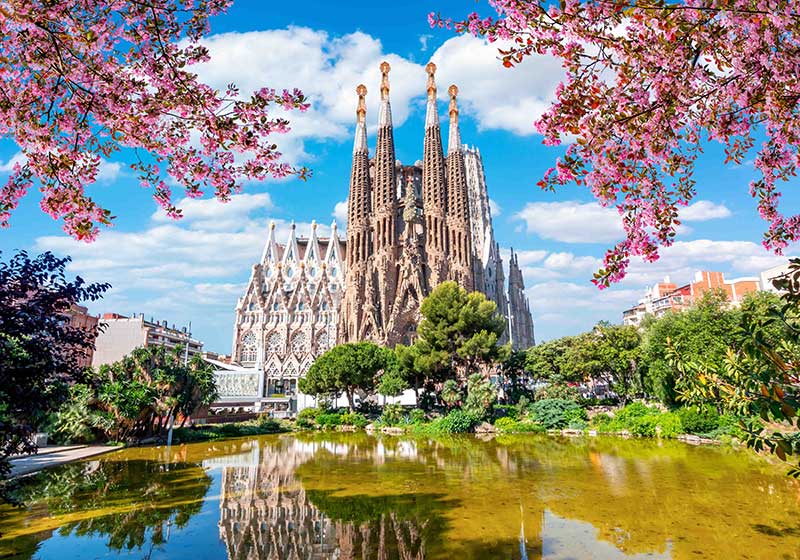
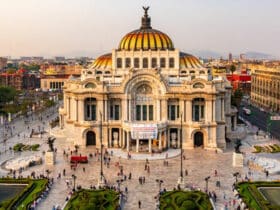







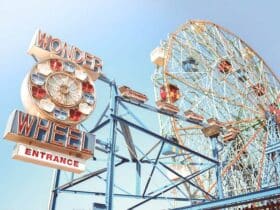
Got a Questions?
Find us on Socials or Contact us and we’ll get back to you as soon as possible.